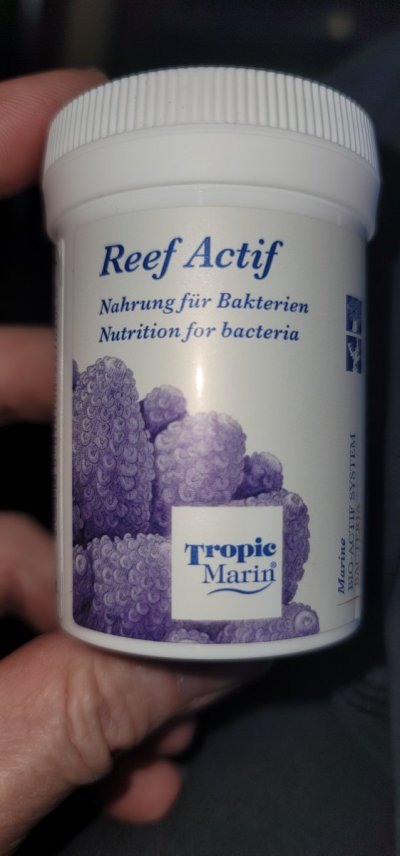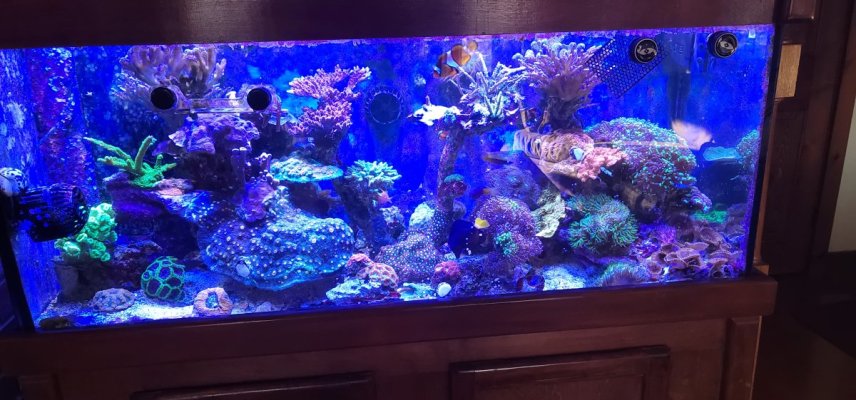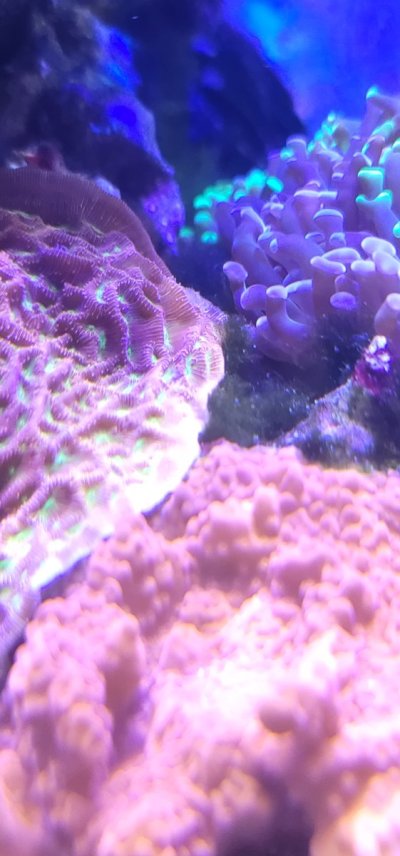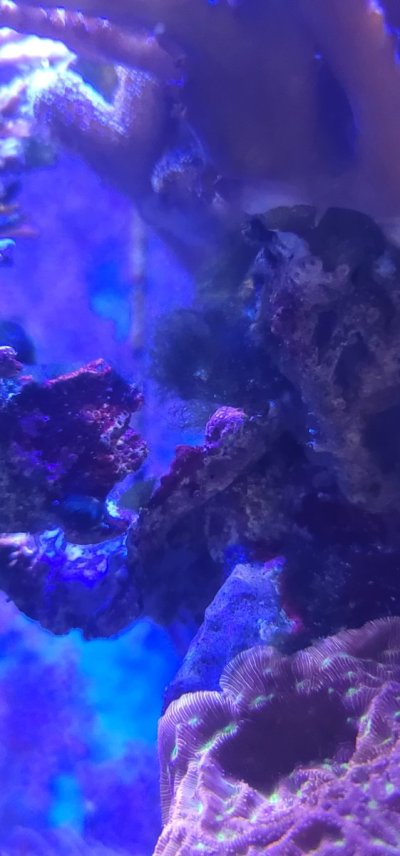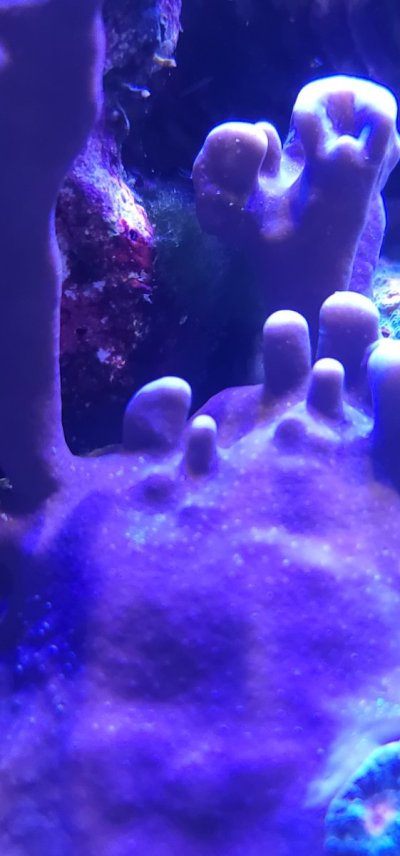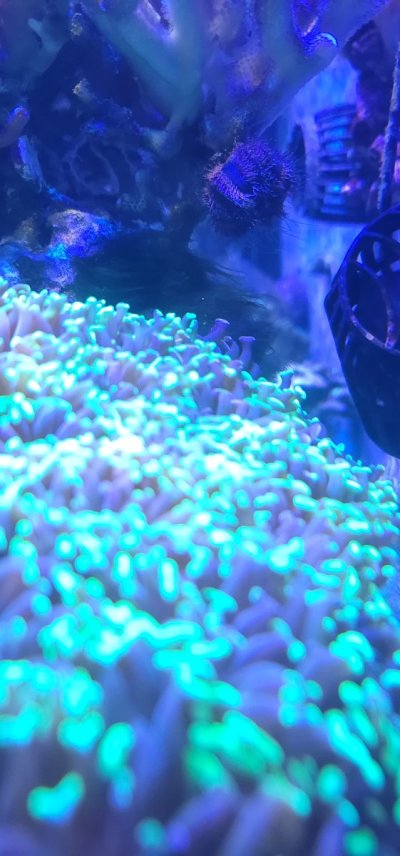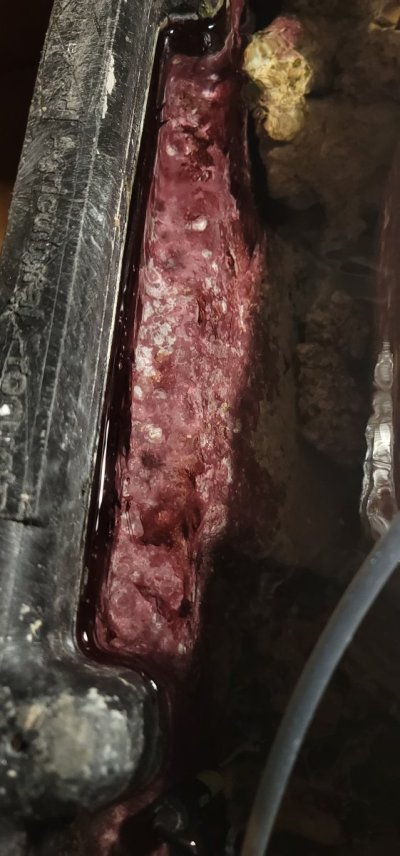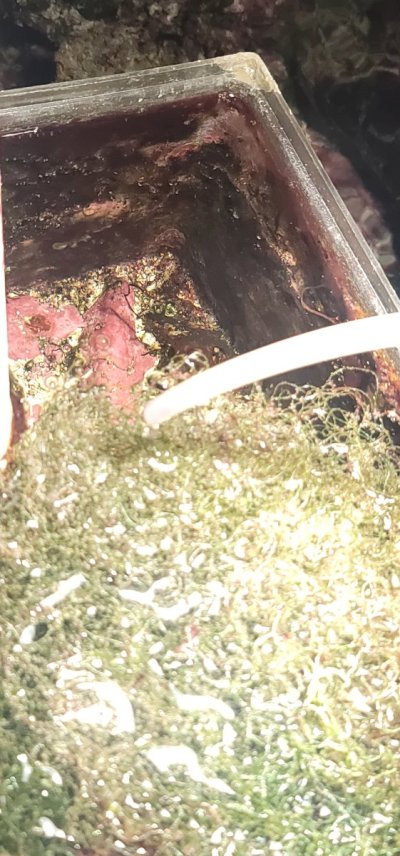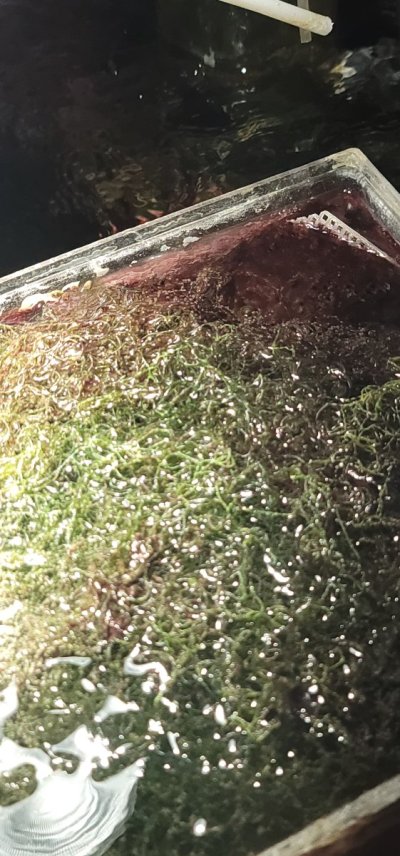sixty_reefer
5000 Club Member
View BadgesArticle Contributor
UK Reef Club Member
Hospitality Award
R2R Research
Reef actif is a natural carbohydrate, that is an organic carbon similar to brown sugar and molasses.Isn’t the idea of the reef actif to remove organic carbon? Wouldn’t dosing mb7 be adding to the problem butt it is aimed more towards heterotrophic bacterias and essentially the same as carbon dosing? Just want to be clear as I did not seem to like mb7.
mb7 will have some organic carbon although the type of organic carbon is unknown.
The difference here is that some types of organic carbon like vodka and vinegar normally are more effective with pelagic bacteria that reduces no3 and po4, carbohydrates seem to stimulate the growth of heterotrophic decomposing bacteria that feeds on dead organic compounds.








